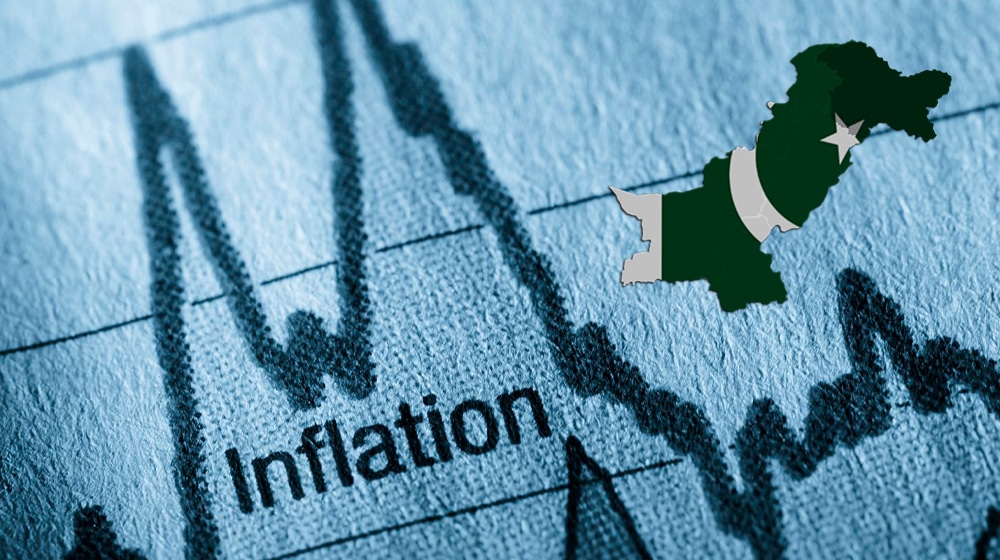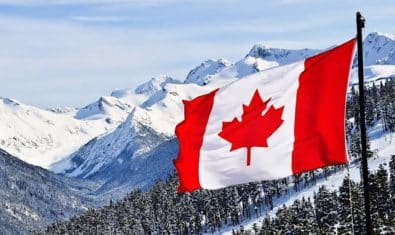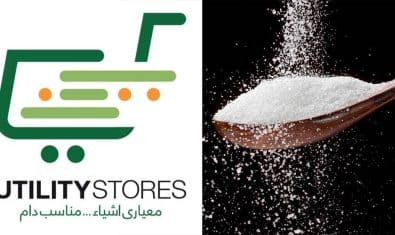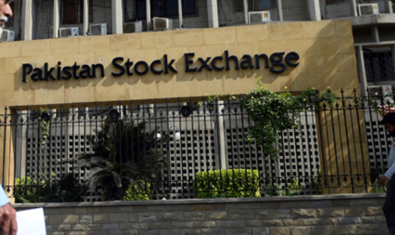In response to the persistent criticism the government is confronted with over the continuing spate of inflation, the Finance Division has termed rising inflation as a global challenge wherein Pakistan is no exception.
A section of press carried news referring to a report by “The Economist” titled ‘Pakistan has been listed as the fourth highest in terms of inflation in the world’.
According to the Finance Division news release, The Economist magazine has reported in its latest edition set of countries (43) without mentioning the exact comparison of Pakistan with similar economies. The Division says: As per The Economist sheet, the months mentioned in Consumer Price Index (CPI) are not the same (August & September), as the base is different.
The following table indicates the inflation numbers according to which Pakistan stands at 30th place in the world.
| S.No | Country | Sep/21 | Aug/21 |
| 1. | Venezuela | 1946 | 2344 |
| 2. | Sudan | 366 | 388 |
| 3. | Lebanon | 138 (Aug/ 21) | 123 (Jul /21) |
| 4. | Syria | 71.51 (May/20) | 61.18 (Apr/20) |
| 5. | Suriname | 59.8 (Aug/21) | 58.9 (Jul/21) |
| 6. | Argentina | 52.5 | 51.4 |
| 7. | Zimbabwe | 51.55 | 50.24 |
| 8. | Iran | 43.7 | 43.2 |
| 9. | Ethiopia | 34.8 | 30.4 |
| 10. | Angola | 26.57 | 26.09 |
| 11. | Zambia | 22.1 | 24.4 |
| 12. | Turkey | 19.58 | 19.25 |
| 13. | South Sudan | 18.3 (Jun/21) | 14 (May/21) |
| 14. | Nigeria | 16.63 | 17.01 |
| 15. | Kyrgyzstan | 13.5 | 14 |
| 16. | Guinea | 13.48 (Aug/21) | 12.28 (Jul/21) |
| 17. | Georgia | 12.3 | 12.8 |
| 18. | Haiti | 12.2 (Jul/21) | 12.7 (Jun/21) |
| 19. | Ukraine | 11 | 10.2 |
| 20. | Sierra Leone | 10.9 (Aug/21) | 10.5 (Jul/21) |
| 21. | Uzbekistan | 10.8 | 11.1 |
| 22. | Ghana | 10.6 | 9.7 |
| 23. | Burundi | 10.47 (Aug/21) | 9.7 (Jul/21) |
| 24. | Brazil | 10.25 | 9.68 |
| 25. | Belarus | 10.2 | 9.8 |
| 26. | Turkmenistan | 10 (Dec/20) | 13.4 (Nov/20) |
| 27. | Seychelles | 9.8 | 10.51 |
| 28. | Mongolia | 9.6 | 8.9 |
| 29. | Tajikistan | 9.4 (Aug/21) | 9.1(Jul/21) |
| 30. | Pakistan | 8.98 | 8.35 |
| 31. | Armenia | 8.9 | 8.8 |
| 32. | Kazakhstan | 8.9 | 8.7 |
| 33. | Malawi | 8.9 | 8.4 |
| 34. | Sao Tome and Principe | 8.8 (Aug/21) | 6.9 (Jul/21) |
| 35. | Botswana | 8.4 | 8.8 |
| 36. | Dominican Republic | 7.74 | 7.9 |
| 37. | Guyana | 7.63 (Aug/21) | 7.7 (Jul/21) |
| 38. | Uruguay | 7.41 | 7.59 |
The Finance Division stated that the government was taking a range of administrative, policy, and relief measures to provide maximum relief to the general public.
“The government has decided to release wheat at Rs. 1,950 per 40 kg to ease out its price and ensure smooth supply across the country. The provincial government of Punjab and Islamabad administration have ensured the daily release of wheat at government notified price. This has reduced upward pressure on the prices of wheat flour bags. The other provincial governments have started following the daily release of wheat to ensure Rs. 1,100 per 20 kg price across the country,” reads the Division’s release.
It is further explained in the response-based press release that the government has set the price of sugar at Rs. 90/kg across the country. “The government has absorbed the price differential of imported sugar and made it available to the masses at the government’s fixed price. The crushing of sugarcane crops by the end of October 2021 (in Sindh) and in November 2021 (in Punjab) will further reduce the pressure on the prices of sugar in local markets throughout the country.
Under Ehsaas Emergency Cash Program, the government has disbursed Rs. 179.3 billion to 14.8 million beneficiaries to provide immediate cash relief of Rs. 12,000 whose livelihood has been severely affected by the pandemic. The pro-poor allocation under BISP in 2018 amounted to Rs. 121 billion has been enhanced to Rs. 260 billion in FY 2022 under the Ehsaas program.”
Shedding light on the government’s strategy on controlling the prices of wheat and sugar, the Finance Division said that the government imported wheat and sugar to maintain strategic reserves of staple food commodities. It also underscored the strategy adopted to reduce the middleman’s higher profit margin of essential items by reviewing the entire value chain is being worked out in consultation with Provincial Chief Secretaries.
“In order to reduce the inflationary pressure, the government has discontinued borrowing from SBP. From 1st July to 24th September, FY2022, the government has retired Rs. 274.9 billion to SBP against the retirement of Rs. 332.8 billion during the same period of last year,” according to the response.
The government is implementing National Agriculture Emergency Program amounting to Rs. 277 billion to uplift the agriculture and livestock sector on modern lines and to enhance the production level of major and minor crops. The outlook for crops of cotton, sugarcane, rice, and maize is looking promising which will not only stimulate economic growth but also ensure higher income for the farmers.
At present, pulses prices are witnessing a declining trend. Moreover, the government is keeping strict control on the export of onions and tomatoes which has stabilized the prices of vegetables in domestic markets. The government is also providing essential items at subsidized prices through a network of Sasta Sahulat Bazars and the chain of Utility Stores throughout the country.
The government, the Division asserts, is trying to balance the increase in petroleum prices by providing maximum relief in food commodities wherein the food items constitute 34.58% of the overall household expenditure.
The Finance Division argues, “If we look at the international scenario, the producer price inflation is at a 26-year high in China. The costly food prices are the biggest challenge for governments all over the globe amid COVID-19. According to Food and Agricultural Organization (FAO), global food prices have risen by 33% in August 2021 as compared to a similar period last year. The Brent oil has crossed the $85 per barrel recently. This is the highest price since 2018. Similarly, the average coal prices in the last quarter were $167.52 per ton as compared to $52 per ton last year. Therefore inflation is a global challenge and Pakistan is not an exception.”

























